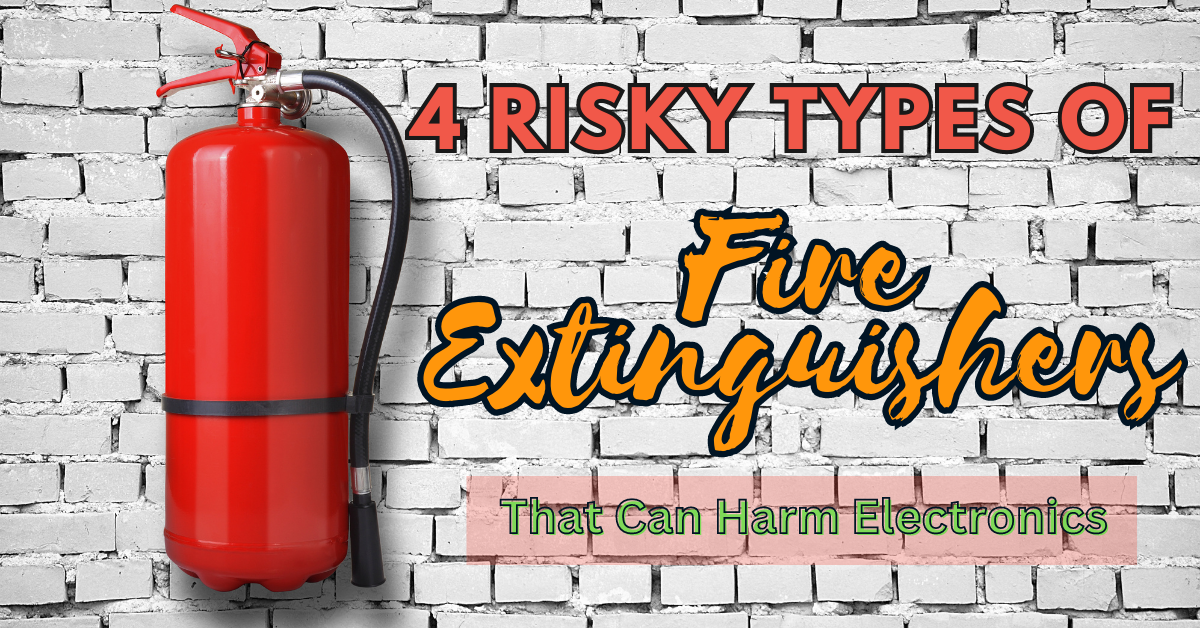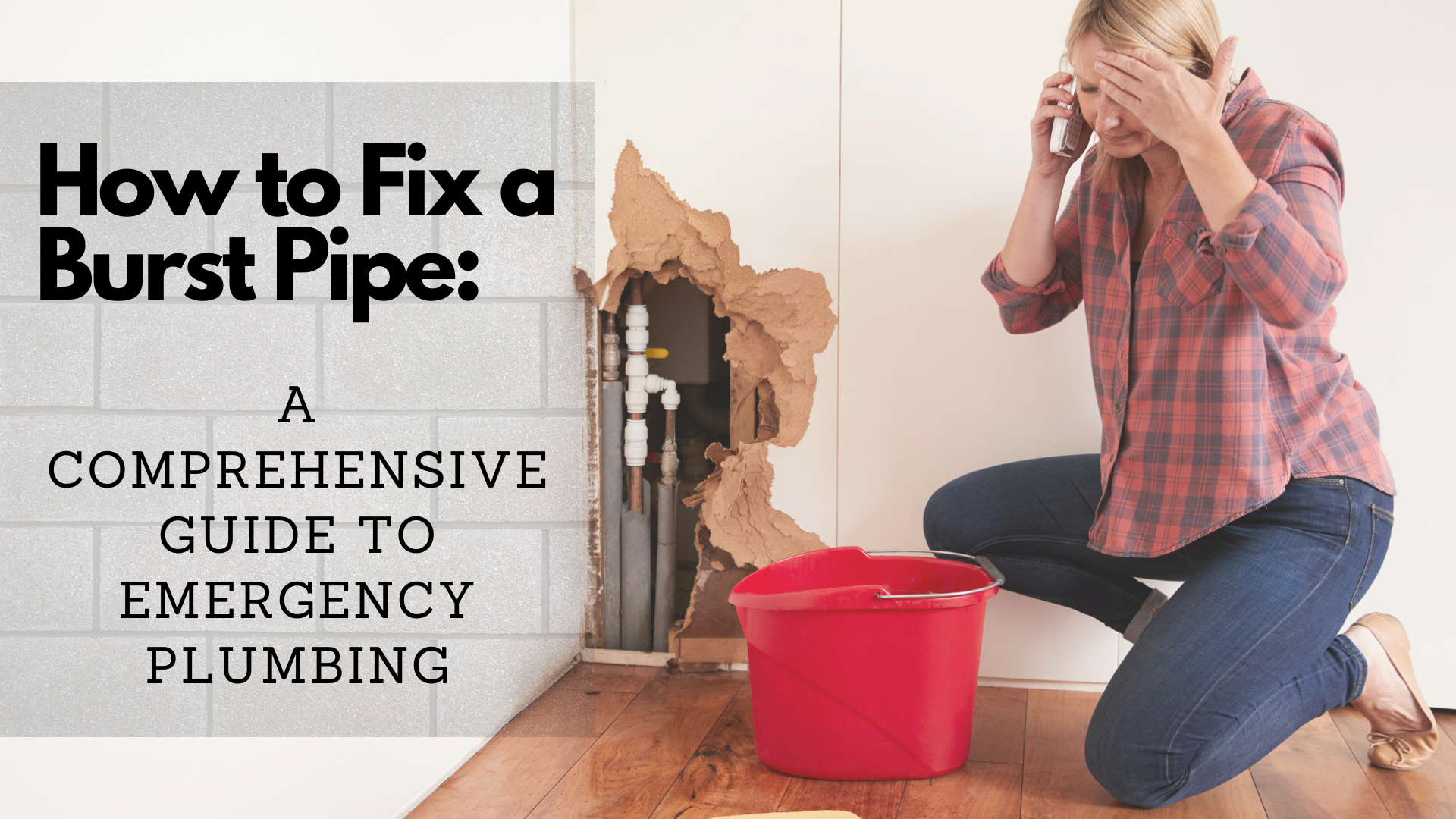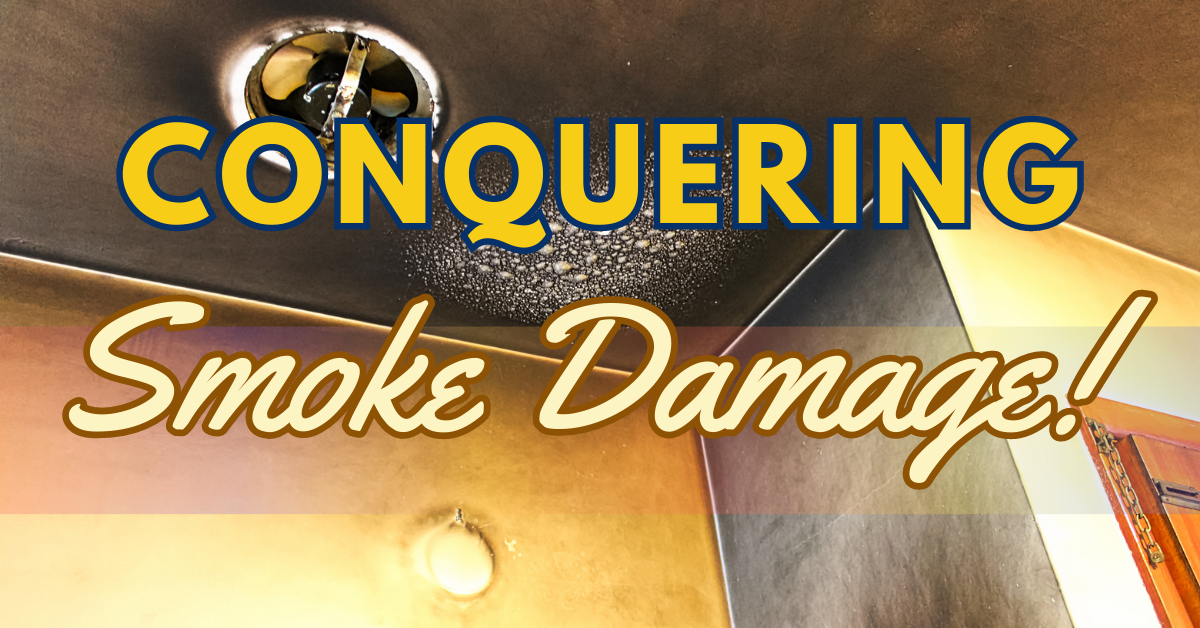Fire safety is an important aspect of protecting life and property in any environment. When a fire occurs, having the right fire extinguishers on hand can make all the difference in effectively extinguishing the flames. However, it’s essential to consider the potential risks associated with different types of fire extinguishers, particularly when dealing with electronic components. This blog post aims to shed light on the types of fire extinguishers that may pose a threat to electronic equipment.

The Role of Fire Extinguishers
To grasp the implications of the different types of fire extinguishers, it is important to understand their purpose and classes of fire. Fire extinguishers are designed to suppress fires for combustion. The classification of fires includes Class A, B, C, D, and K, each involving different fuel sources.
Identifying the Types of Fire Extinguishers That May Damage Electronic Components
Electronic components, such as computers, servers, telecommunication devices, and control panels, are susceptible to damage from fire extinguishers due to their sensitivity to certain substances. While many fire extinguishers are safe for environments, some types can inadvertently cause harm to electronic equipment. The following types of fire extinguishers should be used with caution:
Water-Fire Extinguishers:
Water-based extinguishers, typically used for Class A fires involving solid combustible materials, can cause irreversible damage to electronic components. Water conducts electricity, and spraying it directly onto electrical equipment can lead to short circuits, electrical shocks, and further fire hazards.
Carbon Dioxide Fire Extinguishers:
CO2 extinguishers are primarily used for Class B and C fires involving flammable liquids and electrical fires, respectively. Although CO2 is generally considered safe for electronic equipment, it can cause thermal shock due to the rapid cooling effect. Extreme temperature changes can lead to the contraction and expansion of delicate electronic parts, potentially causing damage.
Dry Chemical (ABC) Fire Extinguishers:
ABC extinguishers contain a dry chemical powder suitable for Class A, B, and C fires. While effective for combatting a wide range of fires, the residue from these extinguishers can be corrosive to electronic components. If not promptly and thoroughly cleaned, the residue may lead to electrical shorts and malfunctions.
Wet Chemical (Class K) Fire Extinguishers:
Class K extinguishers are specifically designed for kitchen fires involving cooking oils and fats. While they are not intended for use on electronic fires, it is crucial to keep them away from electronic equipment as the extinguishing agent may cause harm.
Other Options and Safety Measures
Thankfully, there are other options and steps that can be taken to reduce the potential harm to electronic components caused by fire extinguishers:
Use Clean Agent Fire Extinguishers:
Clean agent fire extinguishers, like FM-200 and Novec 1230, which are alternatives to Halon, are suitable for safeguarding electronic equipment. These extinguishers put out fires without leaving any residue behind, which lowers the chances of harming delicate electronics. However, it’s important to consider environmental factors and follow local regulations when using these types of extinguishers.
Evacuation and Isolation:
In situations where electronic components are not at immediate risk of fire, it may be advisable to prioritize evacuation and isolate the area to prevent the fire from spreading. This approach minimizes the chances of damage to electronic equipment.
Fire Suppression Systems:
Installing automatic fire suppression systems, such as sprinklers or gaseous suppression systems, can be an effective safety measure for protecting electronic components. These systems are designed to detect and suppress fires in their early stages, minimizing the potential damage. Gaseous suppression systems, such as clean agent systems mentioned earlier, can be specifically tailored for protecting sensitive electronic equipment.
Fire Suppression Systems:
Using fire-resistant enclosures or cabinets to house electronic components can provide an additional layer of protection. These enclosures are designed to withstand high temperatures and can help contain fires, reducing the risk of damage to the enclosed equipment.
Fire Detection and Alarm Systems:
Implementing reliable fire detection and alarm systems is crucial for early fire detection. Advanced smoke detectors and heat sensors can promptly alert individuals in the vicinity, allowing them to take appropriate action to prevent further damage to electronic components.
Regular Maintenance and Inspections:
Conducting routine maintenance and inspections of electronic equipment and fire safety systems is essential. This includes checking for any signs of damage or malfunction, ensuring the proper functioning of fire suppression systems, and keeping extinguishers in good working condition. Regular inspections help identify potential issues early on and ensure that the safety measures are ready to be deployed if needed.
It is important to note that fire safety measures should be implemented in accordance with local regulations and codes. Consulting with fire safety experts or professionals can provide valuable guidance on the specific requirements and best practices for protecting electronic components in your particular environment.
For Fire Damage Restoration Services, Contact Superior Restoration of Riverside
When it comes to protecting electronic components from fire, it is essential to consider alternative options and safety measures that minimize potential harm. Clean agent fire extinguishers, evacuation and isolation, fire suppression systems, fire-resistant enclosures, fire detection and alarm systems, and regular maintenance and inspections all play vital roles in safeguarding electronic equipment.
Superior Restoration, a trusted fire restoration company, can provide valuable assistance in this regard. They have expertise in mitigating fire damage and restoring electronic components. Their professionals are equipped with the knowledge and tools to assess the situation, develop effective fire safety plans, and implement the necessary measures to protect electronic equipment. Whether it’s advising on the appropriate fire suppression system, installing fire-resistant enclosures, or conducting regular maintenance and inspections, Superior Restoration can tailor their services to meet specific needs.
Remember, fire safety is a critical aspect of protecting valuable electronic equipment, and enlisting the expertise of professionals like Superior Restoration can greatly enhance your ability to prevent and mitigate fire damage.
Open 24/7 to serve you – contact Superior Restoration of Riverside today for your restoration needs.



